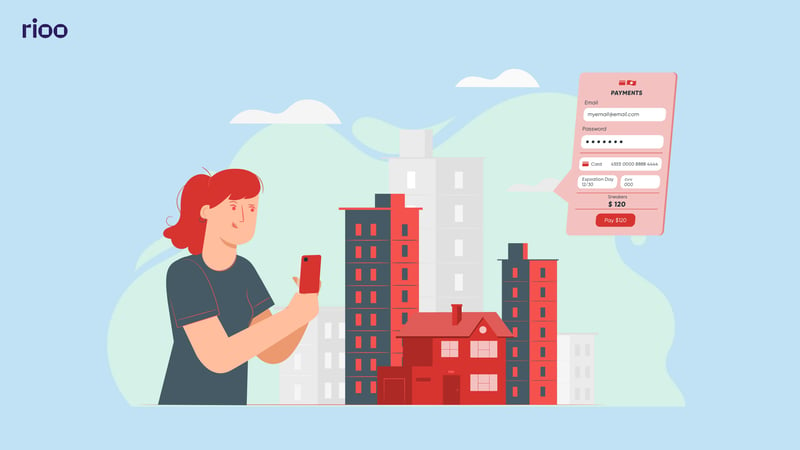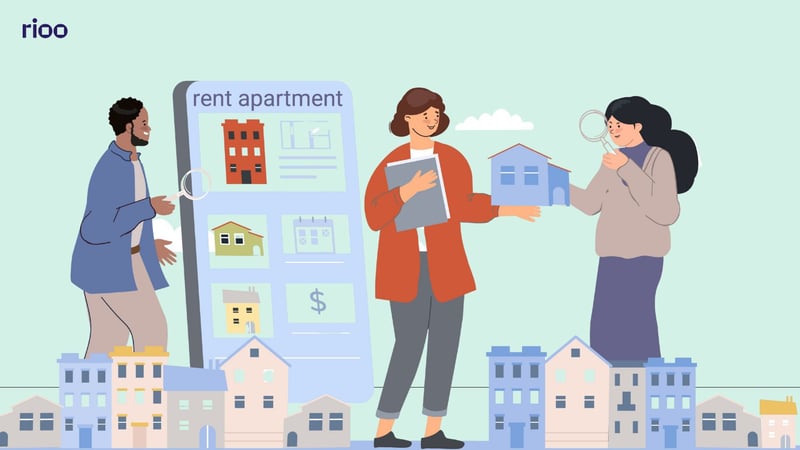In the leasing industry, collecting payments has traditionally followed a one-size-fits-all method — often limited to checks or direct bank transfers. However, the rapid evolution of financial technology is reshaping this landscape. Today, multiple payment options in leasing are no longer a luxury; they are becoming a necessity for property managers and leasing companies looking to keep up with tenant expectations and streamline operations.
Offering diverse payment methods isn't just about convenience; it signals a shift toward a more inclusive, efficient, and user-friendly leasing experience. In this blog, we explore the future of payment systems in leasing and why integrating multiple payment options is a smart move for both landlords and tenants.
The Shift Toward Flexible Payments
Modern tenants expect the same digital convenience in their rental experience that they enjoy in online shopping or food delivery. From credit and debit cards to mobile wallets and ACH transfers, people want choices. Incorporating multiple payment options in leasing reflects a company’s ability to meet these changing preferences.
This shift also aligns with the growing trend of tenant payment flexibility, where renters can select their preferred method and timing of payment. Flexibility improves tenant satisfaction and can even reduce late payments, as tenants are more likely to pay on time when they have more control over how they pay.
Why Multiple Payment Options Matter
Here’s why offering multiple payment options in leasing is beneficial:
1. Improved Cash Flow: When tenants have access to quicker, more convenient digital tools, rent payments are processed faster. This results in more predictable income for property managers.
2. Wider Accessibility: Different tenants prefer different methods. Some may want to use mobile payment apps, others may rely on bank transfers or credit cards. Providing digital payment methods for leasing means fewer barriers and better accessibility for tenants of all backgrounds.
3. Lower Administrative Burden: Automated and digital systems reduce manual data entry, lower the risk of errors, and cut down on reconciliation work. When tenants use their preferred method, they’re also less likely to require support, saving your team time.
4. Increased Tenant Retention: Offering multiple payment options in leasing shows that you value tenant convenience. A more tenant-centric approach can improve overall satisfaction and reduce turnover.
The Role of Payment Orchestration Platforms
To support a variety of payment methods, many leasing companies are adopting payment orchestration platforms. These systems serve as a centralized hub for handling different payment channels, providers, and currencies. For property managers, this means seamless integration with leasing systems and easier management of incoming payments.
By using a payment orchestration platform, businesses can route transactions more intelligently, reduce transaction fees, and ensure compliance with local regulations — all while maintaining a smooth experience for tenants.
Future Trends to Watch
As technology continues to advance, here are a few trends likely to shape the future of leasing payments:
- AI-powered payment reminders and scheduling
- Integration with mobile banking apps
- Support for recurring and split payments
- Expanding support for newer digital wallets and contactless payments
These features all contribute to building a robust payment ecosystem — one that prioritizes tenant payment flexibility and adapts to various financial preferences.
Final Thoughts
In a competitive rental market, offering multiple payment options in leasing is more than just a nice feature — it’s a forward-thinking strategy. Not only does it make life easier for tenants, but it also helps property managers streamline operations, reduce delays, and improve financial stability.
As digital payment methods in leasing continue to evolve, embracing them now sets you up for long-term success. The future is flexible, digital, and inclusive — and payment systems in leasing should reflect exactly that.















